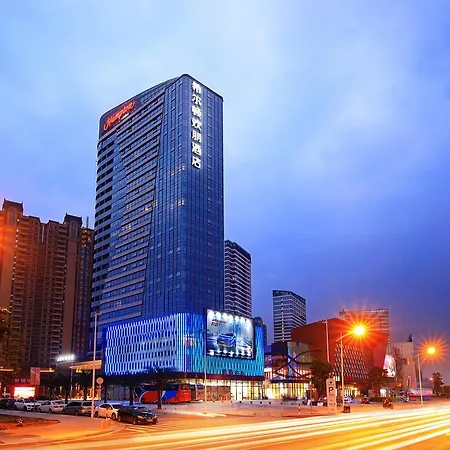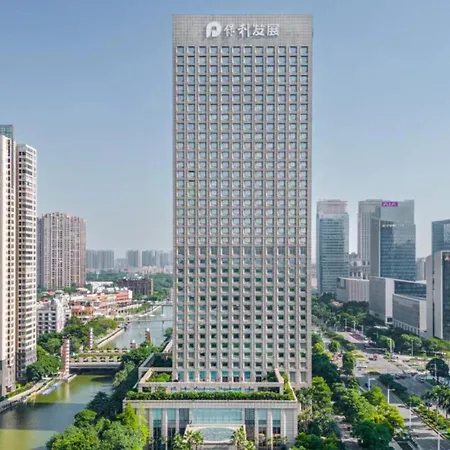Foshan Ancestral Temple
Check Availability
Cultural Significance at Foshan Ancestral Temple
Located in Foshan, China, the Foshan Ancestral Temple is a vital center for the worship of the legendary figure, Wu Zixu. This ancient temple, constructed in 1080, reflects the profound history and craftsmanship of traditional Cantonese architecture.
The temple is famous for its intricate wood carvings, colorful ceramic sculptures, and stunning courtyard gardens that symbolize harmony. It contains elements of both Buddhism and Taoism, denoting its rich intermingling of cultural influences.
Major Features
🕌 Architectural Mastery: The temple showcases remarkable traditional craftsmanship with detailed carvings and historical relics.
🧧 Cultural Hub: The site plays an important role in local festivals and martial arts, attracting cultural enthusiasts.
🎭 Folk Art Showcases: Visitors can enjoy performances of traditional lion dances and martial arts exhibits.
The temple is free to enter and is suitable for tourists, families, and historians alike, providing insights into Foshan's rich cultural landscape.
Interesting Facts about Natural History Museum Foshan Ancestral Temple
Historical Origins
Foshan Ancestral Temple was built in 1080 to honor Wu Zixu, a revered figure in Chinese folklore.
Architectural Styles
The temple features a mix of traditional Cantonese architecture with ornate woodwork and ceramic decoration.
Cultural Events
The temple hosts various local festivals and events, including lion dances, showcasing Foshan's vibrant culture.
Location
Stay Near Foshan Ancestral Temple Best Hotels
Address
View mapNo.21 Zumiao Rd 祖庙路21号
Opening Hours
Friday:
8:00 AM–6:00 PM
Monday:
8:00 AM–6:00 PM
Saturday:
8:00 AM–6:00 PM
Sunday:
8:00 AM–6:00 PM
Thursday:
8:00 AM–6:00 PM
Tuesday:
8:00 AM–6:00 PM
Wednesday:
8:00 AM–6:00 PM
Contact Information
Price
Free. Some special exhibitions may require a paid ticket.
Average Visit Duration
Duration: Approximately 1-2 hours.
Best Time to Visit
Weekday mornings (8:00 AM–10:00 AM) are recommended for fewer crowds.

















